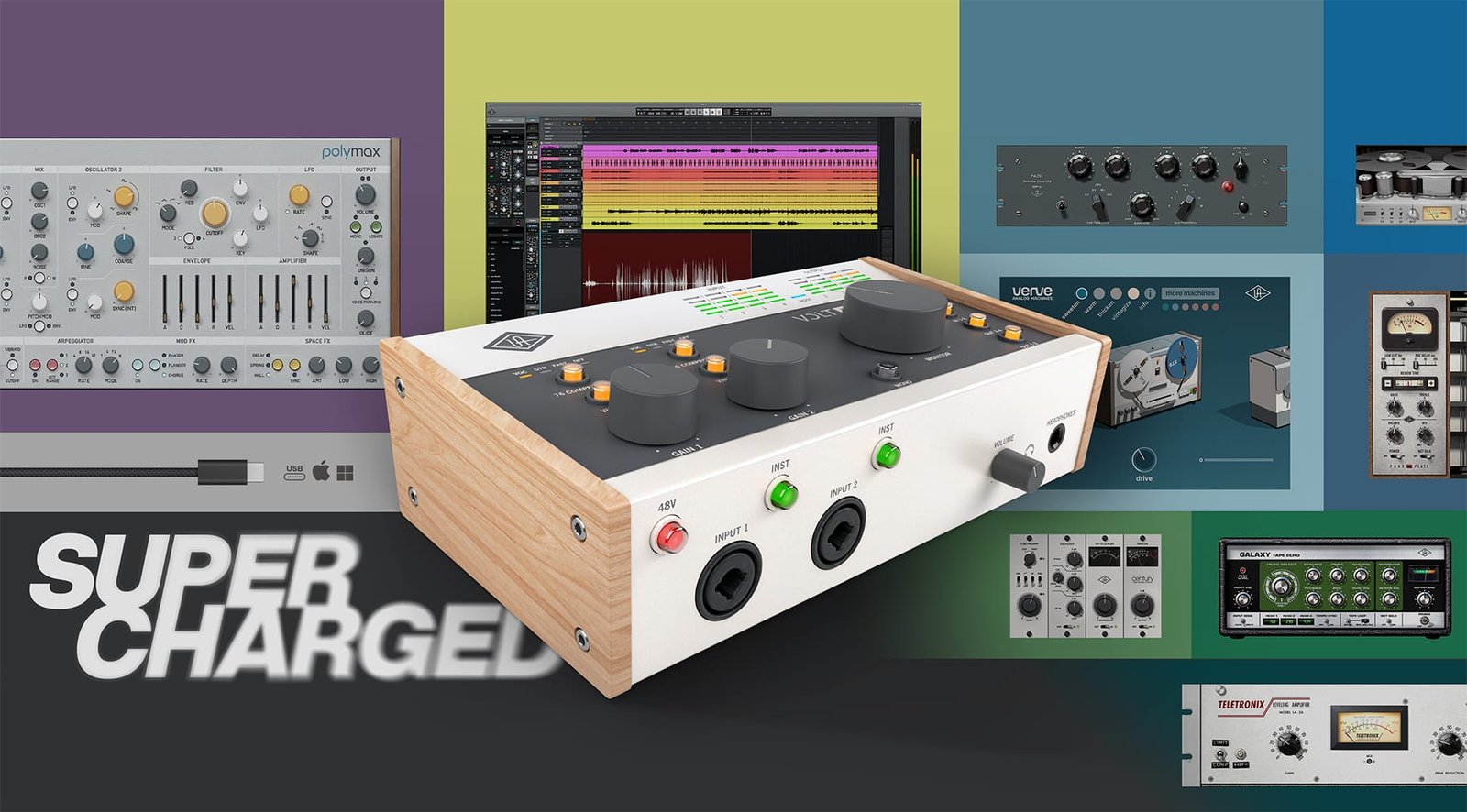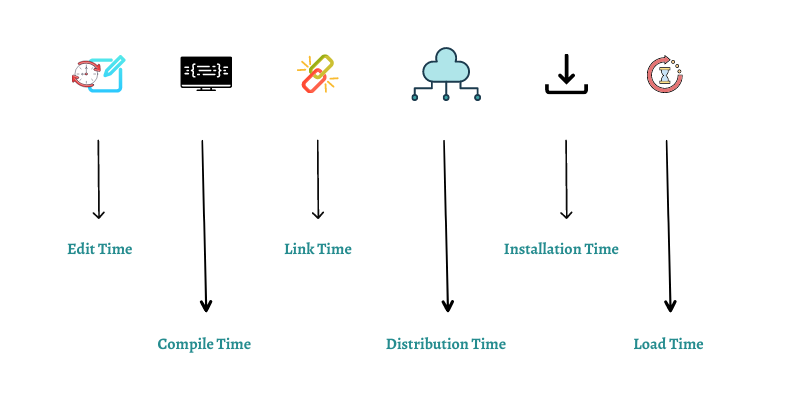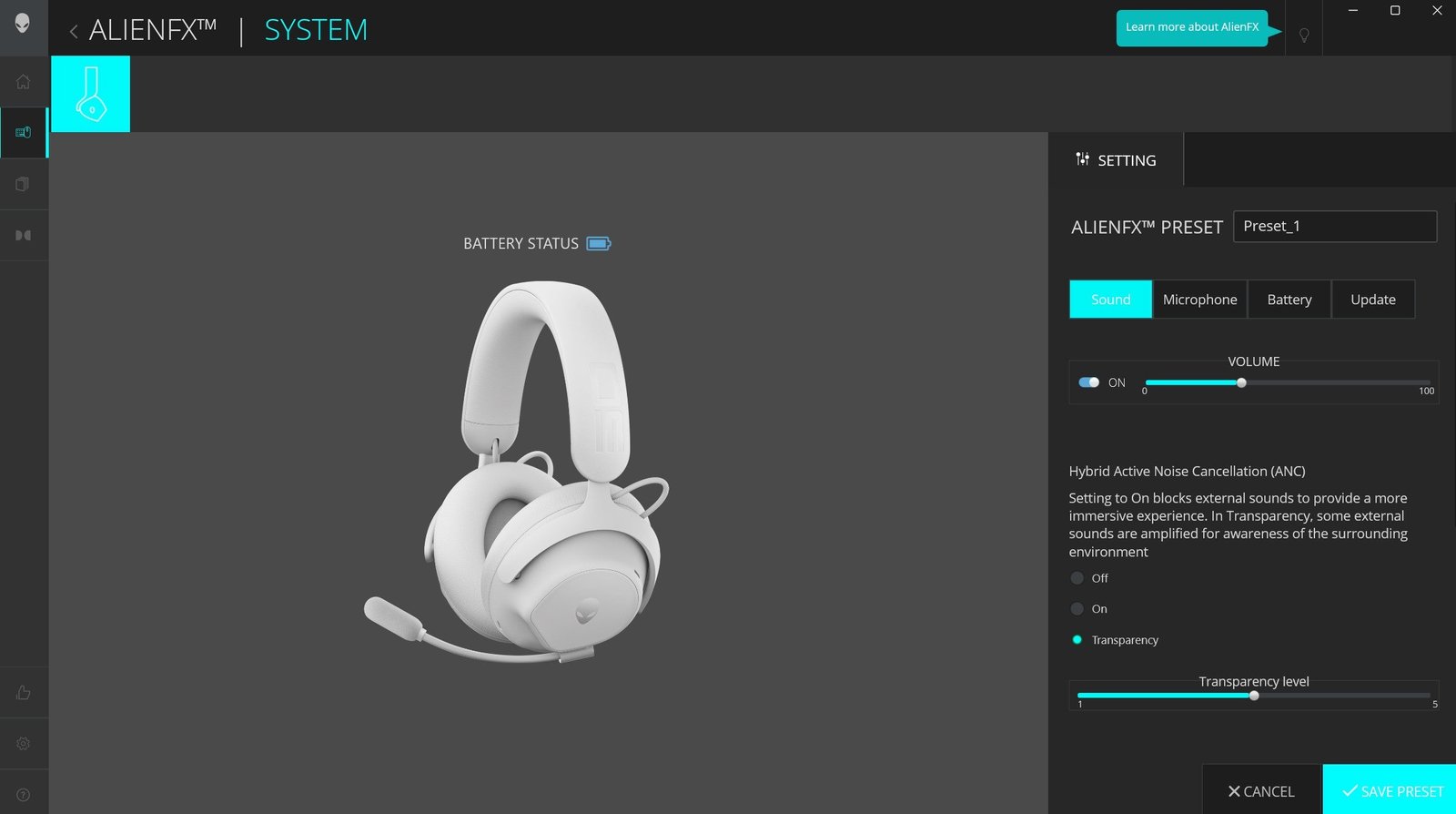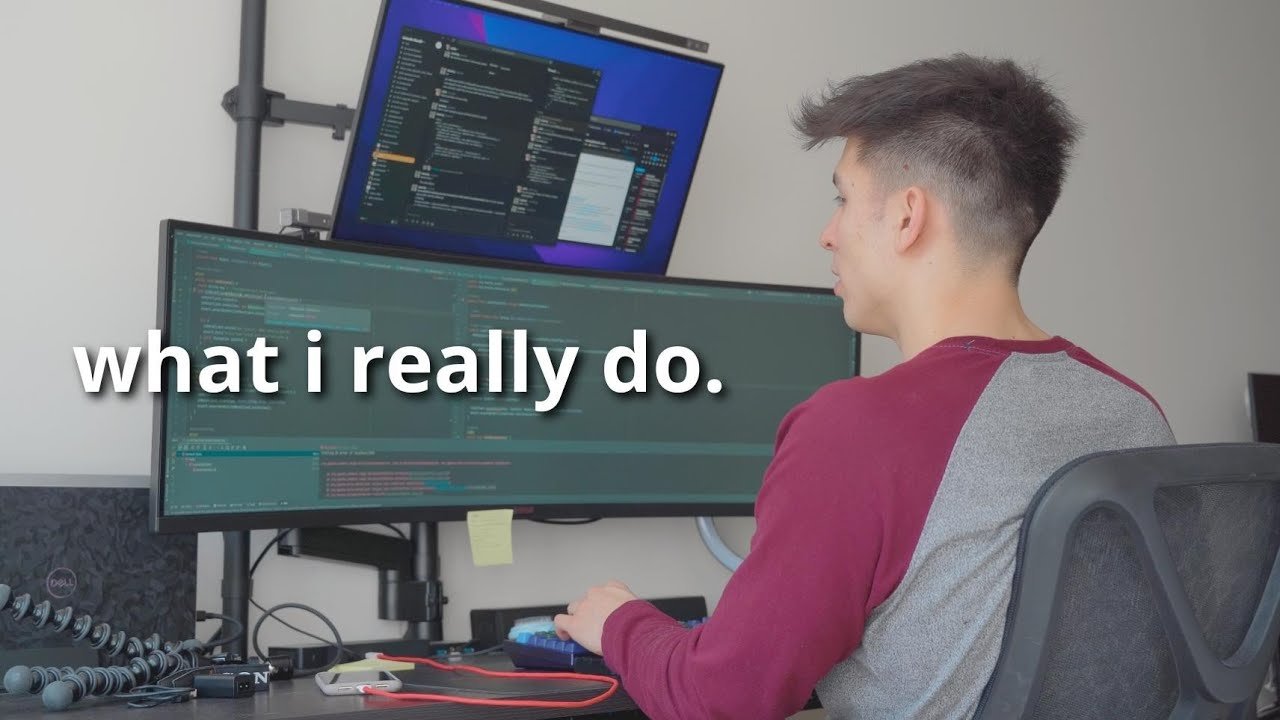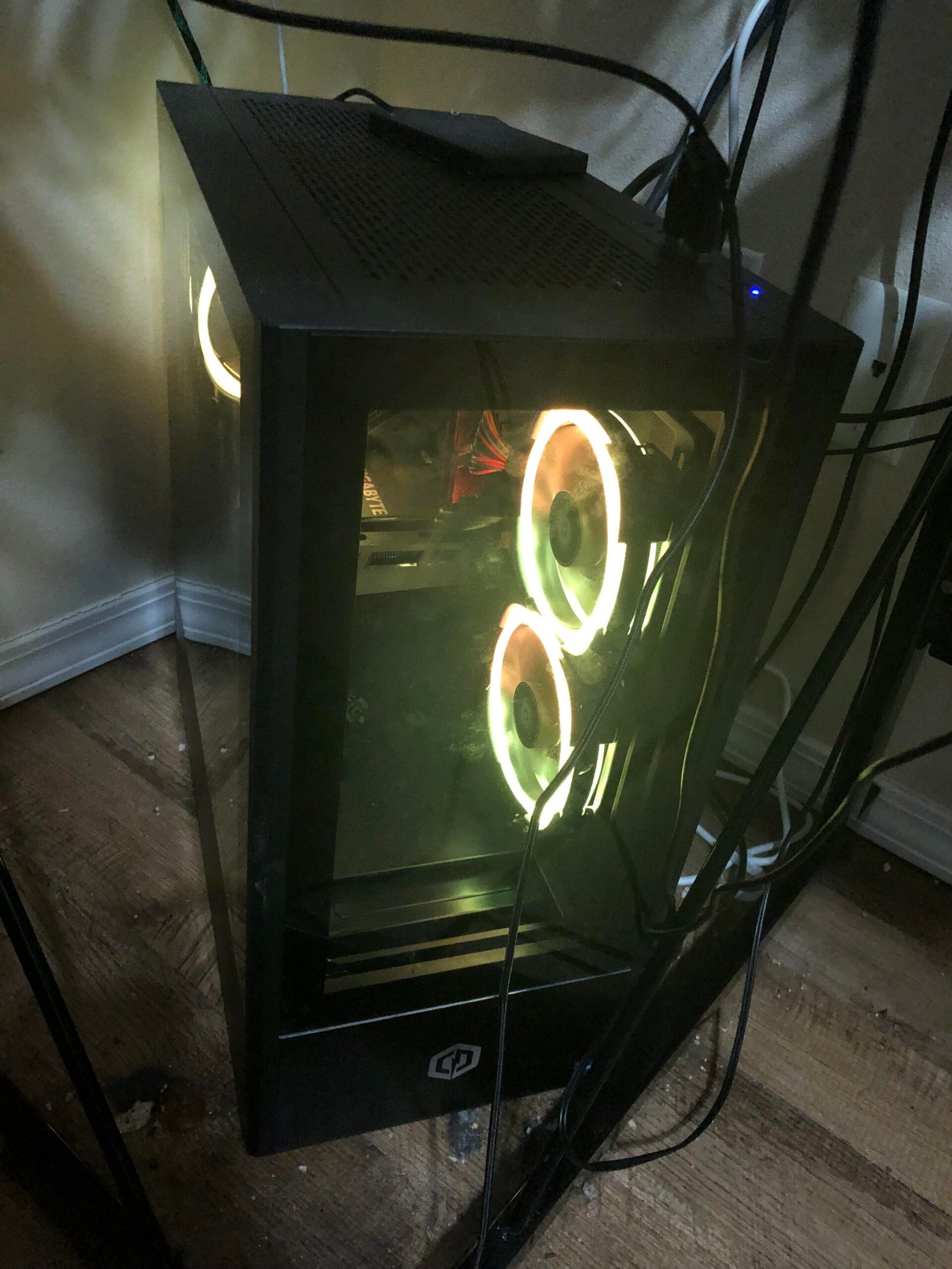Yes, some studios still use Lightwave software in the VFX industry. Though its popularity has waned, it remains a tool for certain projects.
Lightwave 3D was once a top choice for visual effects and animation. Many remember its role in creating stunning visuals for TV shows and films. Over time, other software like Maya and Blender gained more users. Yet, Lightwave still has a dedicated user base.
Some studios find it reliable for specific tasks. Its ease of use and powerful features keep it relevant. In this post, we will explore why some studios continue to choose Lightwave. Let’s dive into the reasons behind its enduring presence in the VFX industry.
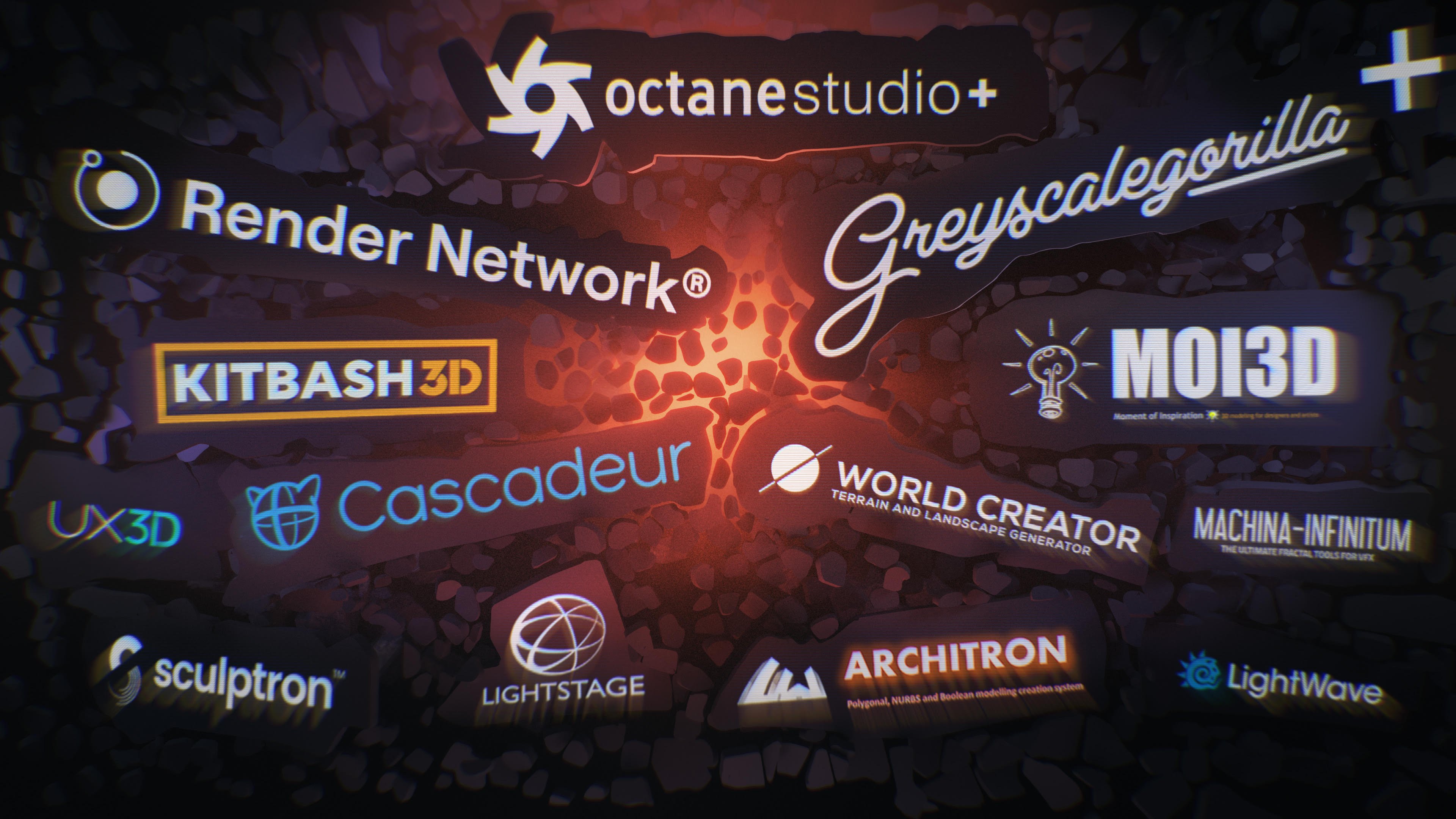
Credit: home.otoy.com
Introduction To Lightwave Software
Lightwave software has been a staple in the VFX industry for many years. Known for its robust tools and user-friendly interface, it has been the choice for many studios. Let’s dive into an introduction to Lightwave Software, exploring its history and key features.
Brief History
Lightwave 3D, developed by NewTek, first launched in the early 1990s. It quickly gained popularity due to its powerful rendering engine and affordable pricing. Over the years, it has been used in various TV shows, movies, and video games. Some notable projects include “Babylon 5,” “Star Trek: Deep Space Nine,” and “Iron Man.”
Though newer software has emerged, Lightwave remains a trusted tool for many. Its longevity in the industry speaks to its reliability and effectiveness. Many professionals still appreciate its unique features and capabilities.
Key Features
Lightwave 3D offers a range of features that make it a valuable asset in the VFX industry. Here are some of the key features:
- Modeler and Layout: Separate environments for modeling and scene layout. This separation allows for focused work in each area.
- Powerful Renderer: High-quality rendering engine. Produces photorealistic images with ease.
- Animation Tools: Comprehensive animation capabilities. Supports character animation, particle effects, and dynamics.
- Plugin Support: Extensive plugin ecosystem. Users can extend functionality with third-party plugins.
- Affordability: Competitive pricing. Makes it accessible for smaller studios and freelance artists.
These features, combined with its user-friendly interface, make Lightwave a preferred choice for many VFX artists. Its versatility allows it to be used in a wide range of projects, from TV shows to blockbuster movies.
Current Trends In Vfx Software
In the ever-evolving VFX industry, software tools are crucial. Trends and tools change rapidly. Lightwave, once popular, faces competition from new and advanced software. Understanding current trends helps studios choose the best tools for their projects.
Popular Software Alternatives
Today, several software options are preferred over Lightwave. Autodesk Maya is a top choice. It offers powerful modeling and animation tools. Blender is another popular option. It’s free and open-source, making it accessible to many artists. Houdini is favored for its procedural generation capabilities. It excels in creating complex simulations.
Industry Shift
The VFX industry is shifting towards more versatile software. Studios want tools that integrate well with others. They look for software with strong community support. This helps solve problems quickly. Lightwave struggles to keep up with these demands. Its user base has decreased over the years. Newer software offers better features and flexibility.
Studios Still Using Lightwave
Some studios continue to use Lightwave software in the VFX industry. They value its unique tools and capabilities. Lightwave remains popular for certain animation and rendering tasks.
Lightwave software, once a dominant force, still finds its place in the VFX industry. Some studios continue to harness its unique capabilities. They appreciate its versatility and cost-effectiveness. Let’s explore some of these studios and their recent projects.Notable Studios
Several notable studios still rely on Lightwave for their VFX needs. Foundation Imaging, known for its work on “Babylon 5,” continues to use Lightwave. They find it useful for its robust modeling and animation tools. Another studio, Zoic Studios, has also used Lightwave in various projects. They appreciate the software’s rendering capabilities.Recent Projects
Lightwave software has been used in several recent projects. For example, it played a role in the production of “Lost in Space.” Its powerful rendering engine helped achieve stunning visual effects. Another notable project is “The Orville.” Lightwave’s animation tools were key in bringing the show’s unique universe to life. These examples show that Lightwave remains relevant in the VFX industry. Studios continue to find value in its features and capabilities. “`
Credit: www.motionmedia.com
Advantages Of Lightwave
Lightwave software continues to hold a place in the VFX industry due to its unique advantages. Many studios appreciate its cost-effectiveness and user-friendly interface. These features make it a strong choice for both small and large projects. Let’s delve into some of the specific benefits of using Lightwave.
Cost-effectiveness
Lightwave offers a budget-friendly option for studios. Its pricing is competitive compared to other VFX software. This makes it accessible for smaller studios or independent artists. You get professional-grade tools without breaking the bank.
User-friendly Interface
Lightwave is known for its intuitive design. The interface is easy to navigate, even for beginners. Users can quickly learn the basics and start creating. This reduces training time and increases productivity. Even complex tasks are simplified with its clear layout.
Challenges Of Using Lightwave
Lightwave software has been a significant player in the VFX industry for many years. Yet, the landscape of VFX tools is constantly evolving. Many studios face various challenges when using Lightwave. These challenges can impact workflow, productivity, and overall project quality.
Lack Of Updates
One major challenge is the lack of updates. Modern VFX software is updated frequently. These updates often include new features, bug fixes, and performance improvements. But Lightwave has not seen frequent updates. This can leave studios using outdated tools. It also means missing out on the latest technology advancements.
Compatibility Issues
Another significant challenge is compatibility issues. VFX projects often involve multiple software applications. These tools need to work together seamlessly. Lightwave sometimes struggles with compatibility. It may not integrate well with other popular VFX software. This can cause delays and require workarounds.
| Challenge | Impact |
|---|---|
| Lack of Updates | Outdated tools, missing new features |
| Compatibility Issues | Integration problems, workflow delays |
These challenges can deter studios from using Lightwave. They might opt for newer, more reliable software. Ensuring smooth workflow and up-to-date tools is crucial in the VFX industry.
Future Of Lightwave In Vfx
The future of Lightwave in the VFX industry is a topic of much debate. This software has been a key player for many years. But with the rapid advancements in technology, its position is under scrutiny. Let’s explore what the future might hold for Lightwave in VFX.
Potential Developments
Lightwave has a strong foundation and a dedicated user base. Some potential developments could ensure its longevity:
- Enhanced GPU rendering: This can significantly reduce rendering times.
- Integration with other software: Compatibility with popular tools like Unreal Engine.
- Improved user interface: A more intuitive design can attract new users.
These improvements can make Lightwave more competitive. They could also attract a new generation of VFX artists.
Industry Perspectives
Opinions in the industry vary. Some experts believe Lightwave still has a place in VFX. Others think newer software will take over. Here are some perspectives:
| Positive Views | Negative Views |
|---|---|
| Lightwave is reliable and has a strong user base. | Lightwave lacks some modern features. |
| It is cost-effective compared to other software. | Other tools offer better integration options. |
Both sides have valid points. The future of Lightwave will depend on how it adapts to industry changes.
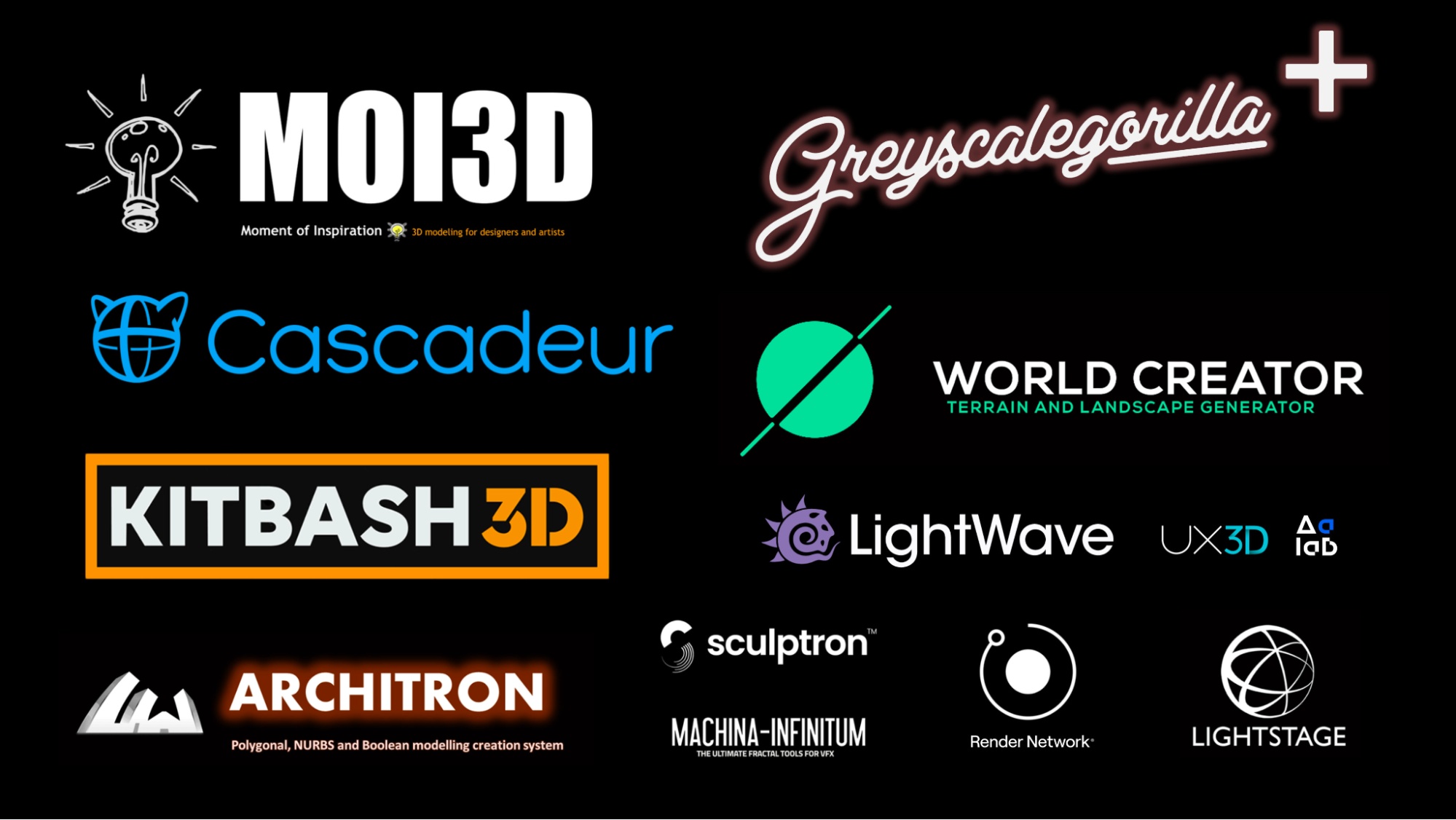
Credit: home.otoy.com
Frequently Asked Questions
Is Lightwave Still Used In Vfx Studios?
Yes, some VFX studios still use Lightwave. Its robust toolset remains valuable. However, its popularity has declined. Many studios now prefer more modern software.
Why Did Lightwave’s Popularity Decline?
Lightwave’s popularity declined due to newer, more advanced software. Competitors like Maya and Blender offer better features. Lightwave’s updates have also been less frequent.
What Are Lightwave’s Key Features?
Lightwave offers powerful modeling and animation tools. It includes advanced rendering capabilities. Its user interface is also known for being intuitive. These features make it a versatile choice.
Which Studios Currently Use Lightwave?
Some smaller studios and freelancers still use Lightwave. Larger studios have mostly transitioned to other software. Lightwave is still favored for specific tasks by some.
Conclusion
Lightwave still holds a spot in the VFX industry. Some studios appreciate its unique features. It’s not as popular as before. Yet, it serves niche markets well. Lightwave’s simplicity attracts smaller studios. They find it cost-effective and efficient. While giants use advanced software, Lightwave remains reliable.
Its community keeps it alive. Future updates may revive its fame. For now, it remains a trusted tool for some.





